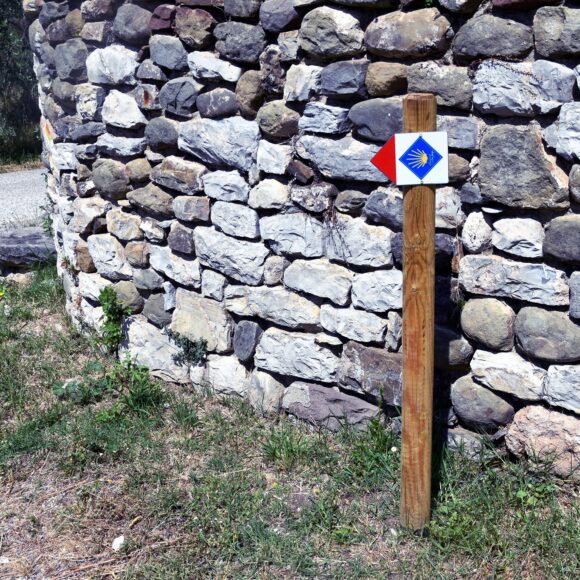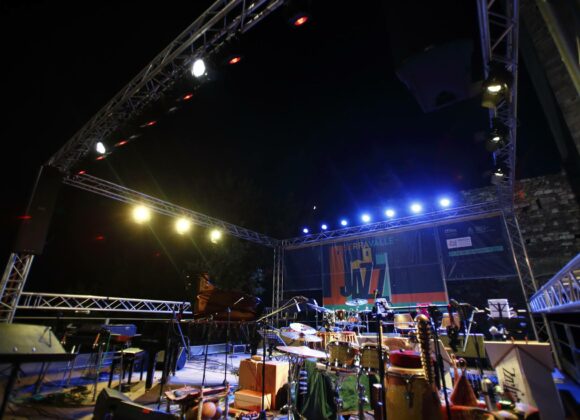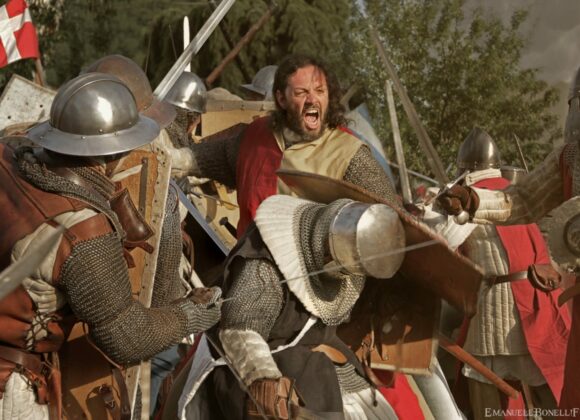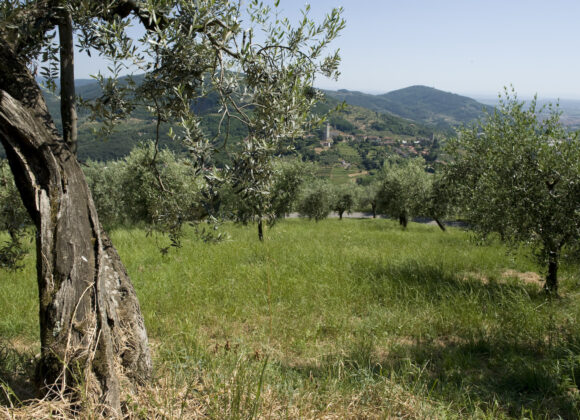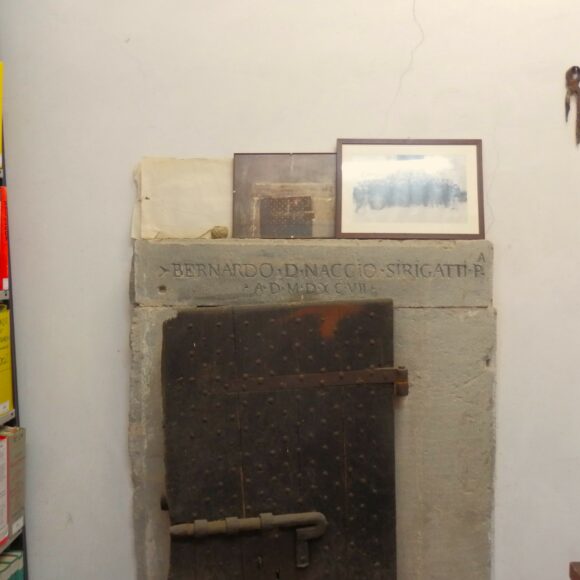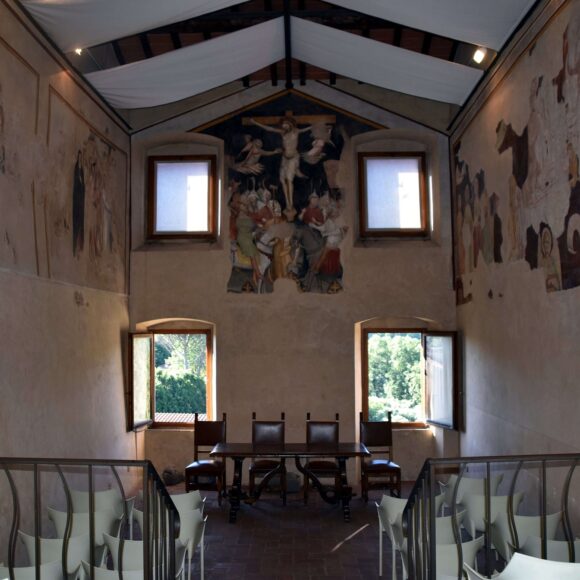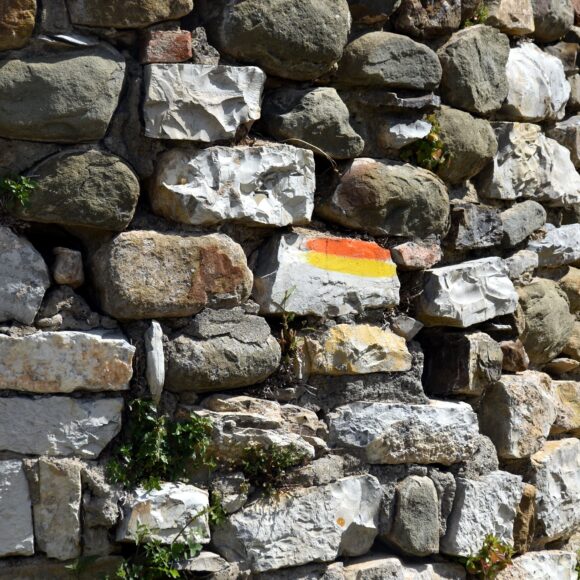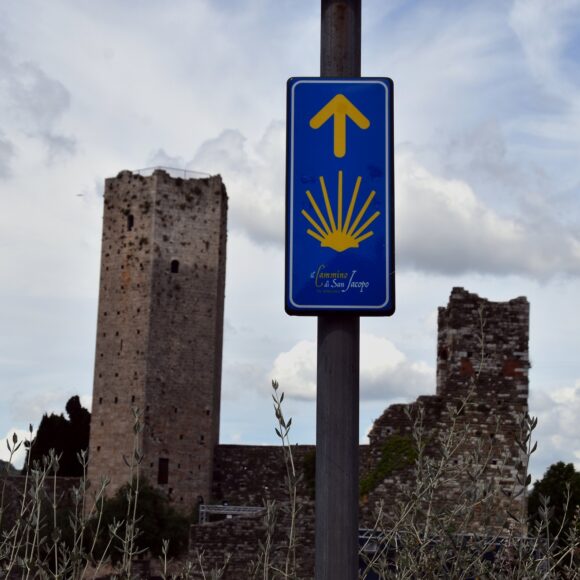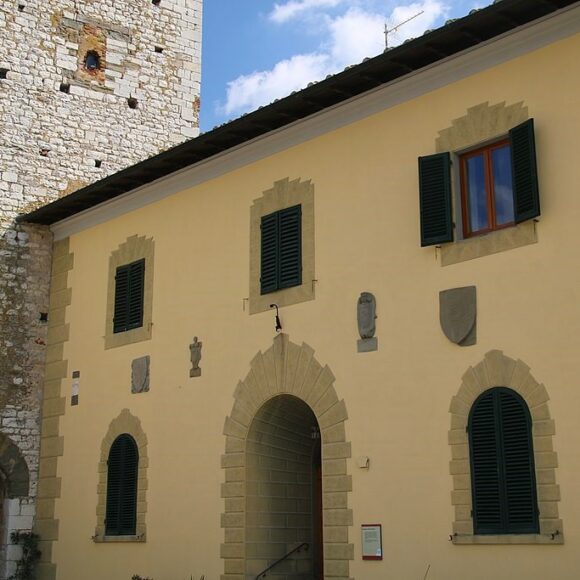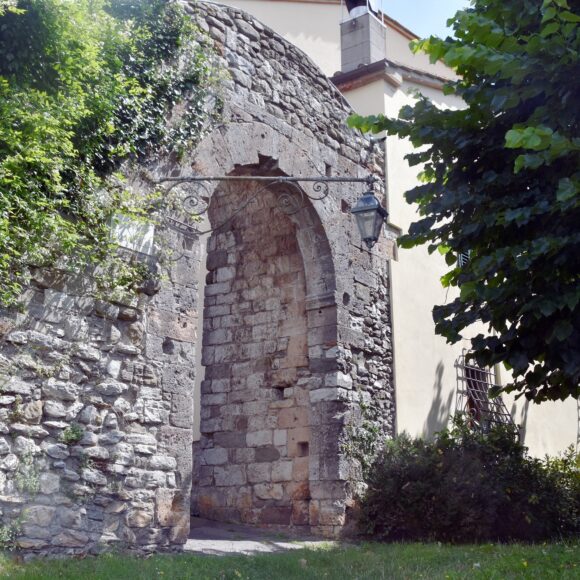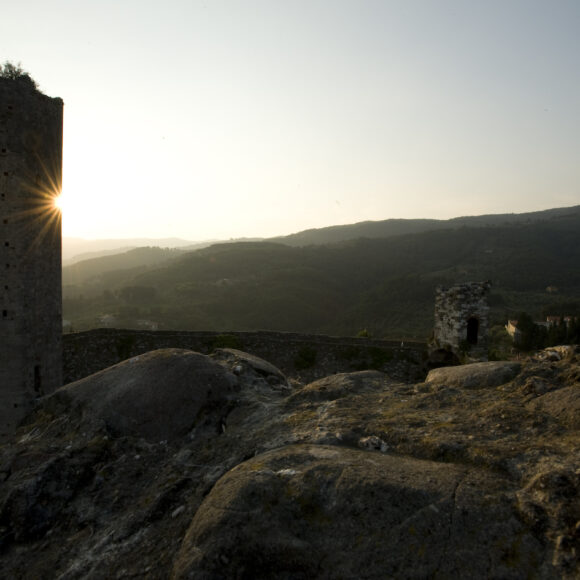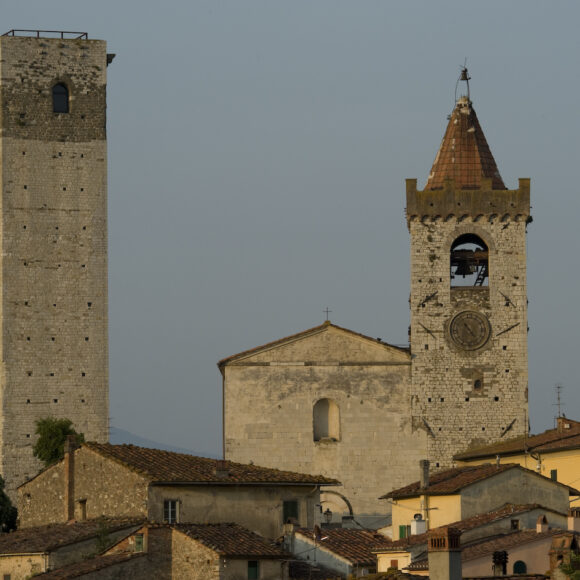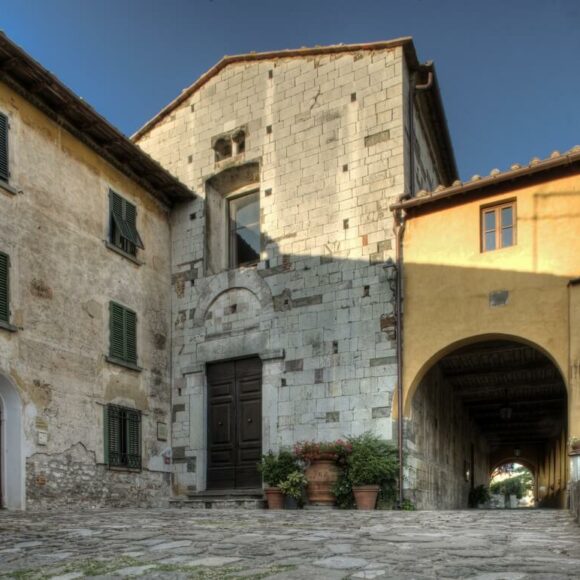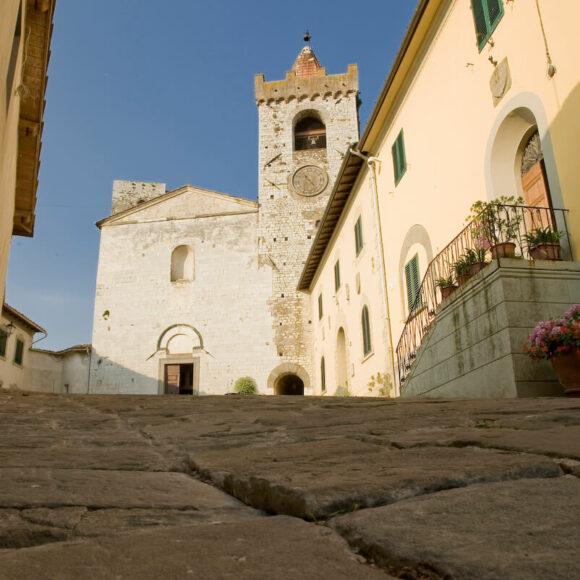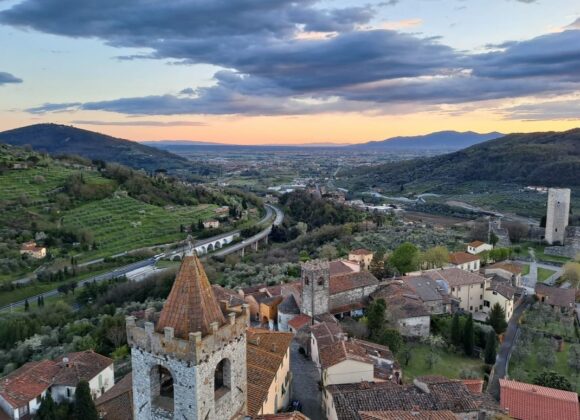Serravalle Pistoiese
Home / places / Serravalle Pistoiese
A strategic stronghold contested by Pistoia, Lucca, and Florence, it became a fortified stronghold in the 12th century, playing a key role in the conflicts between Guelphs and Ghibellines, as well as between White and Black Guelphs.
Serravalle Pistoiese extends along the gentle slopes of Montalbano. The area, characterized by hilly terrain where the villages of Castellina, Serravalle, and Vinacciano are located, stretches into the flatlands crossed by the Stella stream, with the hamlets of Cantagrillo and Casalguidi.
Two fundamental reasons led to the foundation of the Serravalle castle: the control of roadways and the defense of the border. Its strategic geographic position, crucial for overseeing the Lucca-Pistoia route, was already significant in Roman times, as the ancient Cassia consular road passed through it, connecting Florence, Pistoia, Lucca, and Luni. It is likely that some form of military structure was already present to guard the route, and a fortified site may have existed when the Lombard advance in the 6th century found Montalbano to be a natural barrier blocking access to Pistoia from the Valdinievole. Indeed, during the Early Middle Ages, this hill served as a key defensive position against the Lombard expansion into northern Tuscany beyond the Arno River.
From the 11th and 12th centuries onward, historical records become more frequent, mentioning settlements such as Casale and Castelnuovo, along with the churches of Varazzano and Castellina. The fortified village of Serravalle seems to have gained particular importance from the mid-12th century, when its strategic position drew the attention of the nearby municipality of Pistoia. In response, Pistoia fortified the village with walls and embankments, transforming it into a military outpost for the city’s defense.
This period saw the construction of a fortress, now known as the Rocca Vecchia, on the highest point of the hill. Today, the only remaining structure is the Barbarossa Tower. From this time onward, Serravalle experienced significant growth, acquiring the monumental and artistic character that still makes it one of Tuscany’s most fascinating medieval villages.
The castle’s military function became increasingly defined, playing a key role in the complex and shifting political landscape dominated by the rival factions of the White and Black Guelphs.
In 1302, Serravalle was besieged and captured by the Florentine and Lucchese armies, the latter led by Moroello Malaspina. Subsequently, a new fortress was built to guard the pass, and for about thirty years, the town became part of Lucca’s defensive system.
After a series of conflicts, the Ghibelline leader Castruccio Castracani, marching from Lucca, conquered Serravalle as part of his campaign to take Pistoia. Following his death in 1328, control of the pass alternated between the Florentines and the Pistoiesi until its final submission to Florence in 1343. From then on, Serravalle became part of a network of fortified settlements stretching from the Valdarno to Pescia.
Experience the territory


